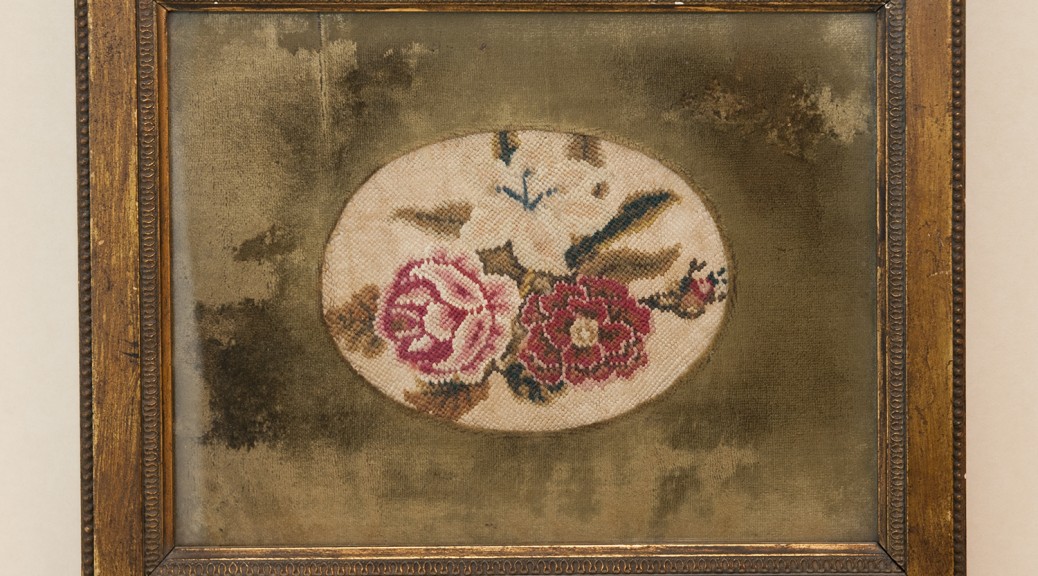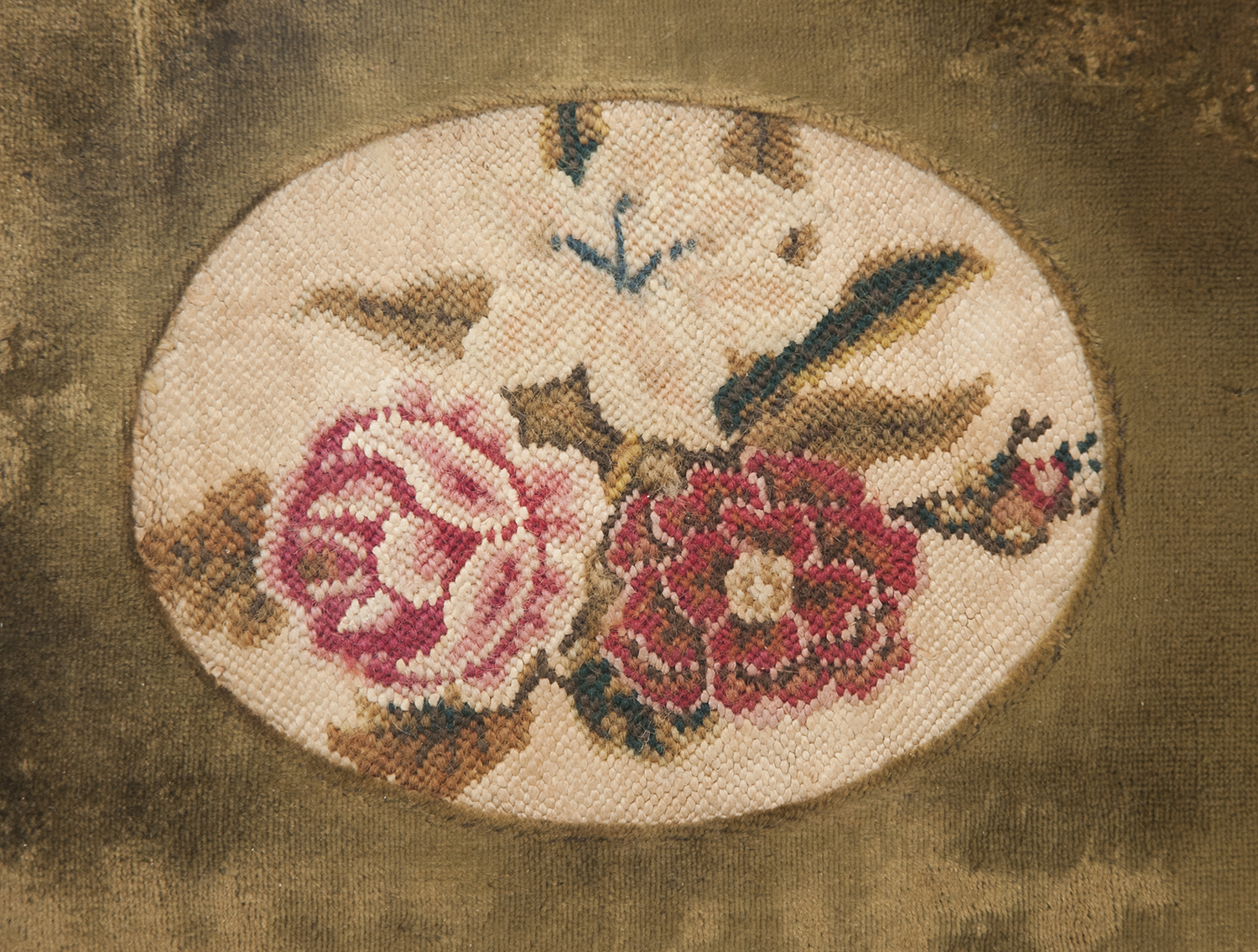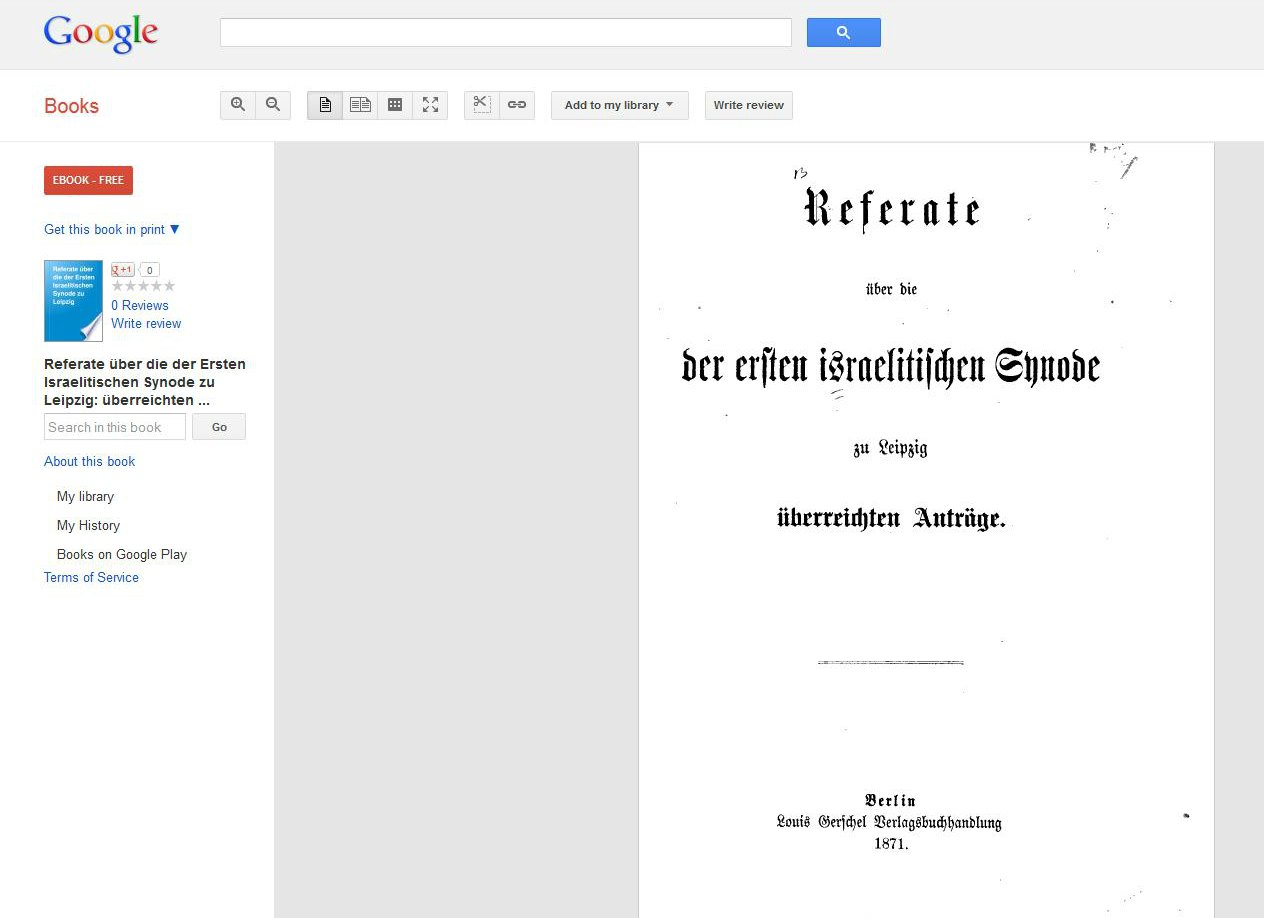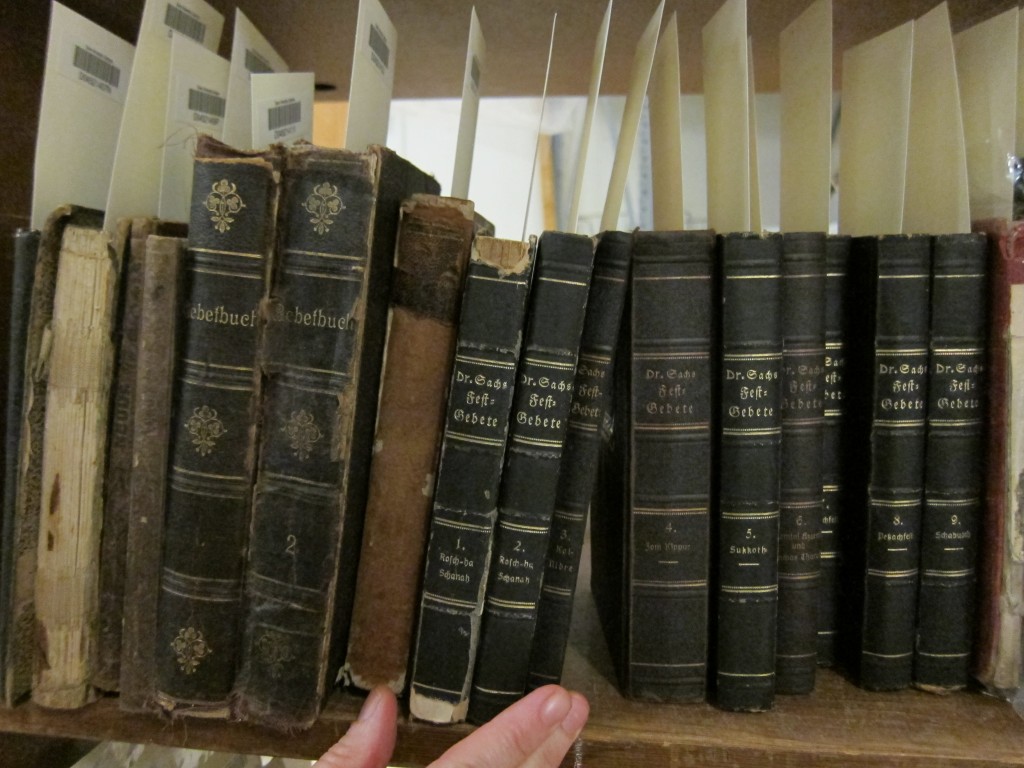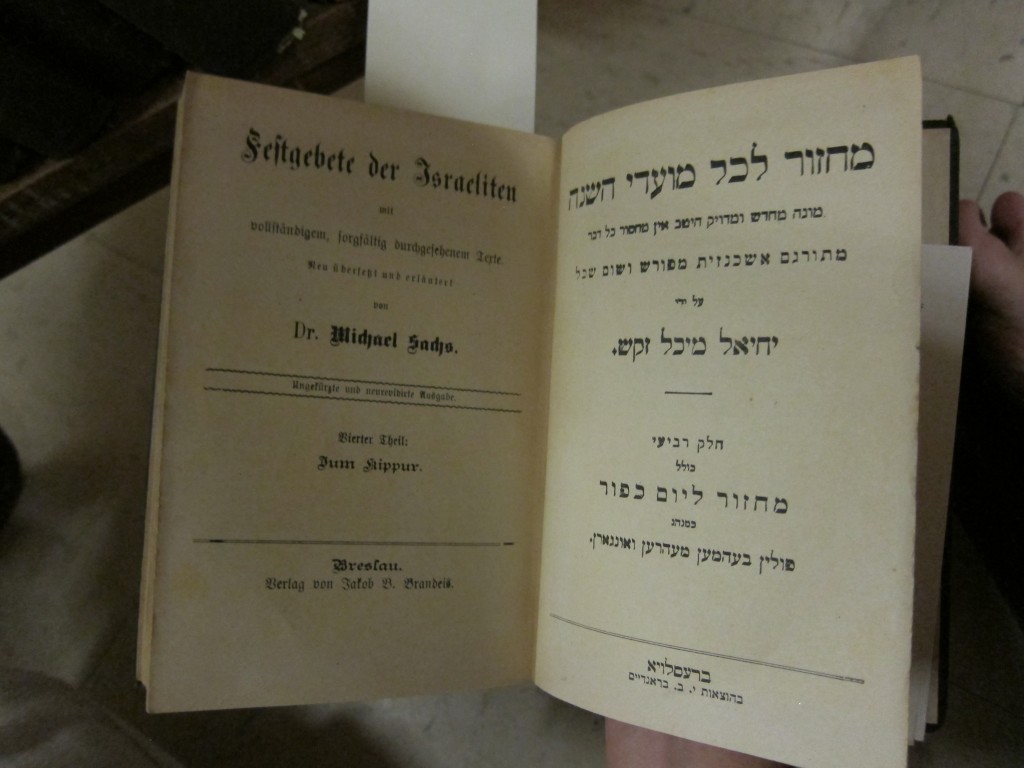Post contributed by Liz Adams, Special Collections Cataloger.

At the end of 2016, we bid a fond farewell to a long-gestating project at the Rubenstein: the Aldine Press metadata project, a deep dive into our holdings printed by the famous Aldine Press during the Hand-Press Era.
Started by Aldo Manuzio (also known as Aldus Manutius) during the dawn of the printing press and continued by his relatives for over 100 years, the Aldine Press is renowned for its editions of Greek and Latin classics and dictionaries; its dolphin and anchor printer’s device; and its creation of italic font, allowing us to appropriately emphasize our language for 500+ years. Today, we celebrate the 500th anniversary of Aldo’s death and attend sessions at conferences highlighting the continued relevance of a press that has long ceased production.1
It’s thus not entirely hyperbolic to describe the Aldine Press as one of the most significant, the most studied presses of all time. (How’s that for italics?) And prior to mid-2016, we didn’t know the exact number of Aldine Press books the Rubenstein held. Moreover, our catalog records often didn’t have more granular information about which Manuzio worked on which text and where additional resources about a specific title could be found.
Our Aldine Press metadata project therefore sought to 1) collocate all of our Aldine Press records through our catalog and 2) supplement our existing records, providing additional access points for specific Manuzio family members and citing published descriptions of the works we hold.
All this took a bit of finessing over the course of several months. My colleague Andy Armacost first created a truly magnificent Boolean search, which allowed us to search our back-end database to get the exact number we owned:
Held by: Special Collections
Publishing Date: 1450-1600
Keywords = Aldine OR Alde OR Aldi OR Aldus OR Aldo OR Aldvs OR Aldum OR Aldvm OR Aldina OR Manutius OR Manuzio OR Manvtivm OR Manuties OR Manvtio OR Manutianis OR Manvtii
It turns out we own 165 titles!
I then used several reporting tools to pull out specific information, like authors and titles, publication dates and locations, call numbers, etc. Our former colleague Mike Kaelin spent three months combing through the resulting spreadsheet and comparing our copies to the titles found in UCLA’s bibliography of their Aldine Press holdings and Renouard’s Manuzio bibliography, Annales de l’imprimerie des Alde; ou, Histoire des trois Manuce et de leurs éditions.
Using these bibliographies, Mike added citation numbers and authorized access points for individual printers when known, including the elder and younger Aldo Manuzios, and Paulo Manuzio, to my original spreadsheet.

Finally, we were ready to create an artificial collection name for our 165 Aldine Press titles and to add a lot of metadata to our existing records in batches:
All 165 titles can now be found by searching Aldine Press Collection (David M. Rubenstein Rare Book & Manuscript Library) in our catalog.

You can also search by authors, including Paulo Manuzio and Manuzio family.

In the “Details” section of a title, you will find citations for bibliographies referencing that specific title.

We’re all very excited about these changes, as they allow us to help our researchers locate material much more efficiently!
Citations:
- The Editors of Encyclopædia Britannica. (2016, November 23). Aldus Manutius. Retrieved January 19, 2017, from https://www.britannica.com/biography/Aldus-Manutius



